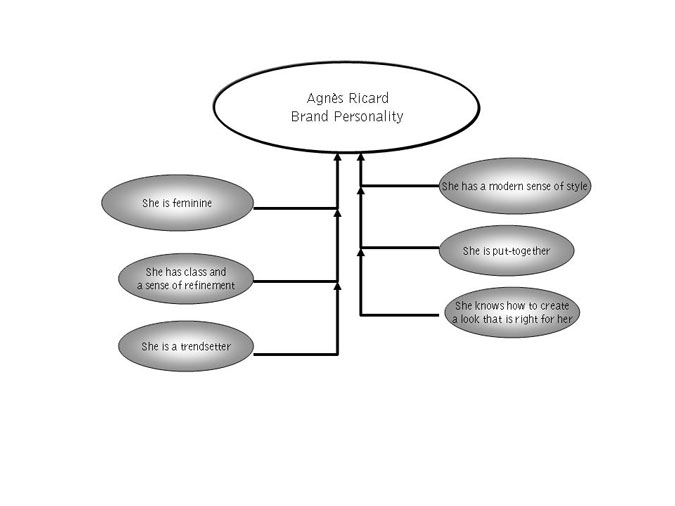Building and measuring brand personality: How does your brand behave?
Editor's note: Michael Lieberman is founder and president of Multivariate Solutions, a New York research firm. This article appeared in the February 28, 2011, edition of Quirk's e-newsletter.
A brand is the sum total of all that is known, thought, felt and perceived about a company, service or product. One key aspect of branding is brand personality. Brand personality is the fun cousin of more serious branding terms such as brand image, brand equity, brand permission, brand essence or brand promise. Building and sustaining a personality that is relevant and that resonates with the customer base is one of the most difficult aspects of establishing a strong brand.
Simply put, brand personality is a set of human (or animal) attributes associated with the brand that generates a brand's emotional character in the consumer's mind. These could be gender, age, psychographic or emotional characteristics best measured among the target audience.
Distinctive and enduring
Generally, brand personality is both distinctive and enduring - like a human personality - and takes a long time to build and is a mixture of careful marketing research strategy, advertising and the outcome of a consumer's experience with the brand. In other words, brand personality is what the consumer expects from the brand. When a brand plans its personality, it should have a few guidelines in mind:
- The mission or values of the brand's founders (e.g., upscale fashion brands)
- The personality of the brand's best customers (consumers want to see themselves in the products they buy)
- The brand's researched and crafted brand message
- The brand's position vis-à-vis the competition
Brand personality should be differentiated from brand image in that while brand image denotes the tangible benefits and attributes of a brand, brand personality indicates emotional associations to the brand. In a general sense the two terms are highly integrated. If a brand is doing a particularly good job of marketing and performing, then brand personality and brand image should be close. After all, the personality is defined within the marketing department, while image is a research-based finding. A positive image and personality come from the consistent good performance of the brand. A brand that performs well over a long period of time gains not only a good brand image but a brand personality as well.
How to measure
To demonstrate how to measure brand personality, and then compare it to brand image vis-à-vis the competition, take the example of a fictional women's handbag brand, Agnès Ricard. Agnès Ricard is an upscale brand with placement in premium retail outlets such as Nordstrom, Macy's, Lord & Taylor and flagship brand stores in New York, London and Paris.
The founder of Agnès Ricard had an idea that understated elegance would appeal to trend-conscious women, particularly in times of tighter budgets and expanded brand loyalty. Toward that end, the Agnès Ricard marketing team put together a brand equity study to quantify brand personality; compare it to the Agnès Ricard mission statement; and discover if/how Agnès Ricard's competitive set has intruded on Agnès Ricard's brand personality.
Methodology
To focus respondents' thinking about women's handbags, respondents were asked whether they had purchased a handbag within the past year. They were then asked to mention, unaided, all handbag companies. Those who mentioned Agnès Ricard were allowed to continue.
Respondents were first asked to report on their current knowledge about the handbag industry and level of involvement and then to list as many businesses or products they have purchased from various retailers. They were then shown an array of 15 characteristics of handbags, with Agnès Ricard and four competitors at the top. Respondents were asked to check the characteristics that applied to each of the five handbag brands. They were then asked their purchase intent for these brands, followed by demographic questions.
The Agnès Ricard brand personality is derived by using regression analysis, which measures the association of characteristics as they apply to purchase intent. Figure 1 (below) depicts the six brand attributes that were statistically significant when running "Agnès Ricard Applies" to choices against "Agnès Ricard Purchase Intent." In marketing terms, this is a statistical derivation of Agnès Ricard's brand personality. They are not far from what the marketing team had envisioned.

Results
Perceptual mapping is a graphical marketing technique that visually displays the perceptions of brands. Typically the position of a product, product line, brand or company is displayed relative to its competition. Perceptual maps are created by running a correspondence analysis of each brand's ratings. The analysis yields distances, which are placed onto the visual. Proximity to a brand indicates a strong association. There are no axes on perceptual maps. All analysis is proximity. In other words, a perceptual map is a snapshot of how consumers view all brands in relation to others in the picture.
When examining the perceptual map in Figure 2 (below), the central question that Agnès Ricard must ask is this: Does it own its brand personality? In the figure, Agnès Ricard's brand personality traits are displayed in red. As would be expected, many of them are close to Agnès Ricard. However, the marketing team at Agnès Ricard should also notice that certain traits that did not show up in the regression (i.e., "She is sophisticated," "She is professional") are highly associated with Agnès Ricard. In addition, Agnès Ricard does not own all of her brand personality traits. Competitors such as Elliot Lucca and Chloe also have high associations, and thus similar brand personalities, to Agnès Ricard.

Brand attitude
Taking the time to create or measure brand personality is crucial in communicating with core customers and can be used to energize and implement brand strategy. It's important to remember that brand personality is not brand image. Brand personality is how the brand behaves and will determine the kind of relationship a customer has with a company.
